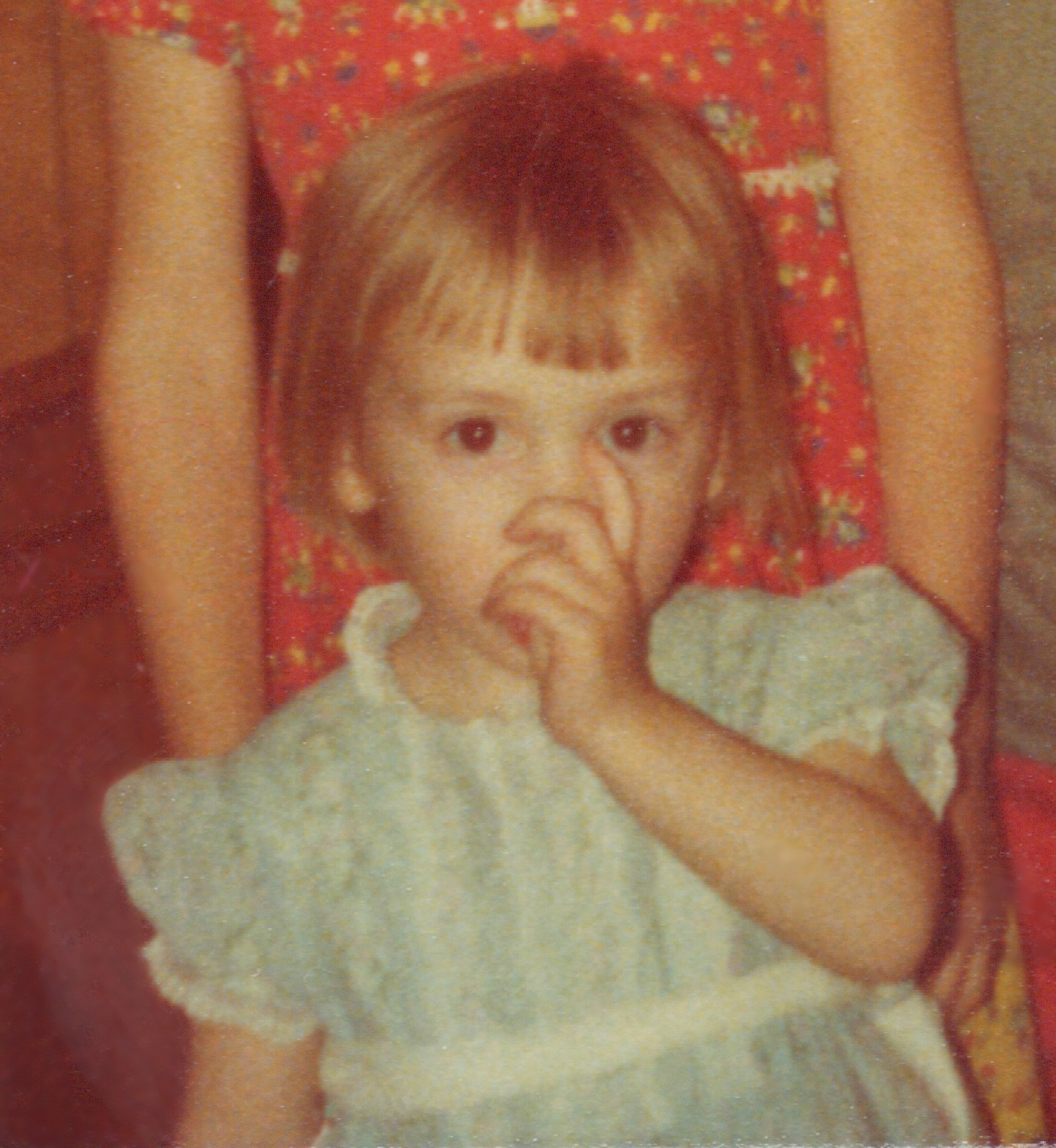

Thumb-sucking is common in young children and usually harmless—until it isn’t. If the habit continues past age 4–5, alters tooth alignment, or causes jaw or speech issues, it’s time to take action.
Is there anything cuter than a baby sucking her thumb? Probably not. However, as adorable as it may be, thumbsucking is a habit (and, according to Psychology Today, the earliest addiction) that should be monitored very closely. A child who sucks their thumb for too long or too vigorously could grow up with misaligned teeth or, in rare cases, a malformed jaw.
How do I know this?
Because I, Jan Badger, Communications Manager for the Tooth Fairy herself, was a thumb-sucking addict. The first thing I did after I was born was stick my thumb in my mouth, which of course made my mother say, “awwww!” But when my daughter did the exact same thing I said, “uh-oh.” My parents thought my habit was super-cute. What they didn’t know was that 28 years later I would be suffering from headaches that led to a year of orthodontic treatment and maxillofacial surgery that cost more than $20,000.
Am I saying that if you let your child suck their thumb it will cause them pain and cost you $20,000? No. My case is fairly rare, but it was enough for me to keep a close eye on my own kids and their thumb (and pacifier) sucking habits.

It’s important to understand that sucking is a natural reflex that all babies have. Many suck on their thumbs or other fingers even before they’re born! It’s not only a necessary reflex for feeding but is also soothing when they’re stressed or tired.
However, if thumb sucking is too vigorous (often apparent by a “popping” sound when the thumb is removed from the mouth) or allowed to go on for too long, problems can arise with the proper growth and formation of the mouth and jaw, and alignment of the teeth, making chewing and speaking clearly more difficult.
In my case, I slid my jaw slightly to the right to accommodate my left hand and I sucked my thumb a lot. As I grew my jaw formed to fit my little habit and continued to follow that growth pattern long after I quit. As a teen, I was very self-conscious about my “crooked” face and in my twenties I started waking with severe headaches caused by clenching my jaw as I slept, trying to align my upper and lower jaw.
Other negative consequences of thumb sucking can include skin and nail infections on the thumb or fingers, exposure to germs and bacteria, speech impediments and teasing if the child is older.

According to the American Dental Association, most children gradually stop on their own between the ages of 2 and 4 years, but that doesn’t mean you need to wait until your child is 4 to help them break the habit. While you don’t want to turn it into a battle of wills, there are strategies you can employ that can help shorten their dependence:
Look for these four warning signs:
Finally, be aware that although rare, prolonged thumb sucking after the age of five can be a sign of an anxiety disorder and should be discussed with your child’s doctor.
Q: Is thumb-sucking harmful in toddlers?
A: Not usually—if it ends on its own before age 4, it rarely causes tooth problems.
Q: What kinds of dental issues can it cause?
A: Prolonged sucking can lead to misaligned front teeth (open bite or overbite) and crowded or shifted teeth.
Q: When should I worry or get help?
A: If it continues beyond age 5, affects tooth position, causes jaw changes, or starts interfering with speech—it’s time to talk to a dentist.
Q: How can I help stop the habit kindly?
A: Offer alternatives, positive feedback, and supportive reminders. Avoid punishment or negativity.
Want more great oral health tips and resources? Get a smile in your inbox! Sign up for one of our fun and informative, quarterly newsletters.
Other resources:
https://www.healthline.com/health/parenting/thumb-sucking-teeth
https://www.colgate.com/en-us/oral-health/life-stages/infant-kids/thumb-sucking-the-good-the-bad-and-the-normal-0514
https://www.mayoclinic.org/healthy-lifestyle/childrens-health/in-depth/thumb-sucking/art-20047038
This article is intended to promote understanding of and knowledge about general oral health topics. It is not intended to be a substitute for professional advice, diagnosis or treatment. Always seek the advice of your dentist or other qualified healthcare provider with any questions you may have regarding a medical condition or treatment.
